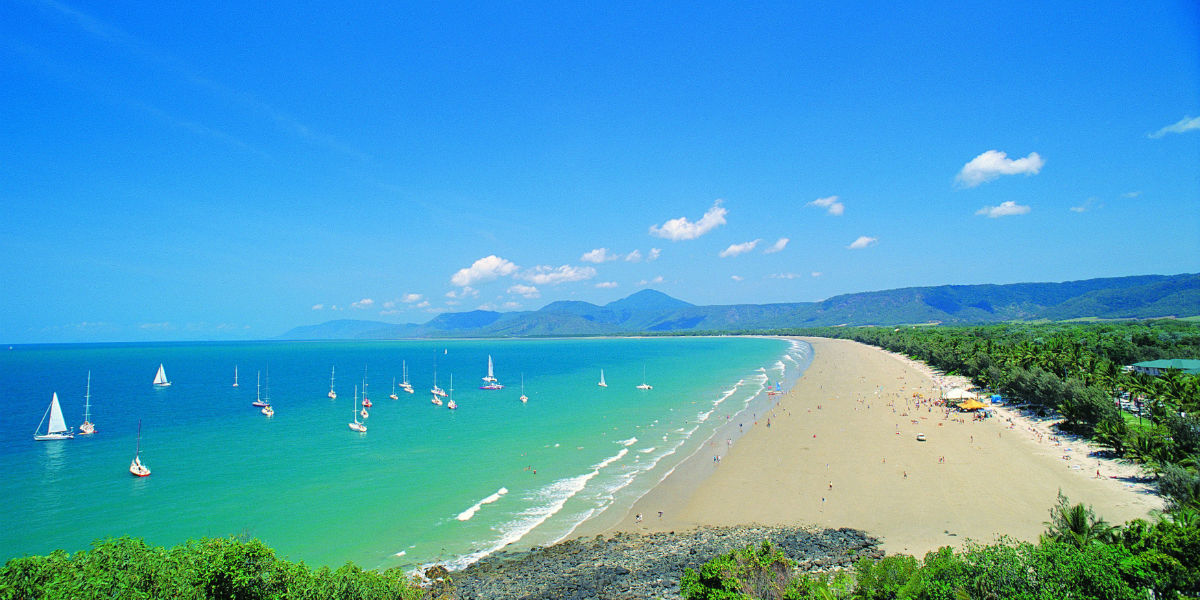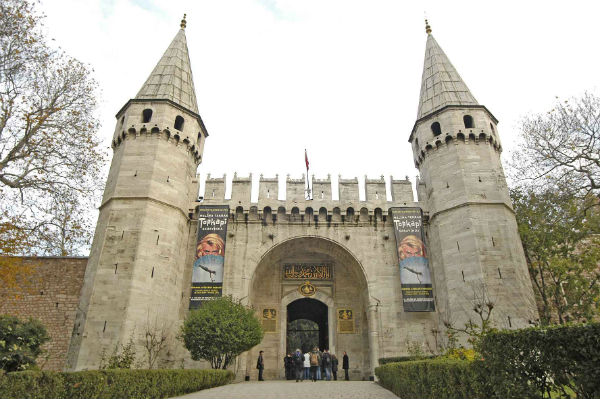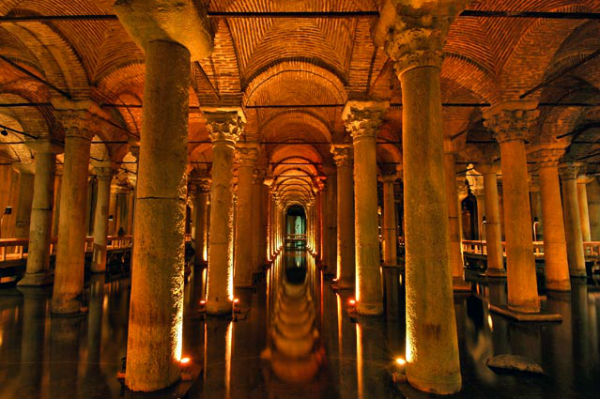Hippodrome. Once it was a race track, a venue for various competitions, entertainment shows and gladiator fights. Also, the Hippodrome was a favorite place for rebels, the first sports fans. Rebellions beginning after the competitions on the hippodrome often ended in fires as well as robbing and looting the city.
After the Ottoman conquest of Constantinople, Hippodrome has ceased to be a place of people’s aggression.
The hippodrome square was concentrating the most valuable historical artifacts at all times. Today, the Hippodrome (Ahmediye) presents the famous Egyptian obelisk from Luxor, Obelisk of Constantine, Serpentine Column from Delphi and the German fountain presented to the city by Kaiser Wilhelm II. The famous quadriga of St. Mark graced the hippodrome before the Fourth Crusade; in 1204, Crusaders took the quadriga to Venice (where it is preserved up to this day).
Surrounded by the most important sights of Istanbul, Hippodrome is often the starting point of a historical journey through the city.
Underground Reservoir of Erebatan. Basilica Cistern is an amazing building. Dozens of underground water reservoirs are found in Istanbul, but the largest and best-preserved one among them is Erebatan.
The dam had been built for more than two centuries and was completed under the reign of Emperor Justinian I. Columns of various ancient temples support the vaulted ceilings supported of the cistern. Water-resistant and refractory bricks were used for the masonry of walls. Erebatan has preserved in excellent conditions even after long centuries of neglect and disdain as well as after numerous strong earthquakes,
The entrance to the museum is located in the heart of Sultanahmet district. Nondescript building hides a mysterious space of Basilica Cistern: mystifying lights, transparent fish swimming in the clear water, inverted heads of Gorgons and the Column of Desires – all of this creates a fantastic atmosphere in the ancient Byzantine building.
Topkapi Palace. Topkapi Palace had been the residence of Ottoman sultans for almost four centuries. The palace complex is equipped with absolutely everything you need for a luxurious life of the sultans. Each room, each exhibit in the palace-museum is the most valuable work of art with a rich history. Warm glitter of gold, iridescent play of giant diamonds, fine inlaid furniture, expensive utensils, ceremonial weapons’ collection and apparel – everything you see in the Topkapi Palace will amaze you with its luxury. Beautiful pavilions and the best panorama of the Bosporus and Istanbul together make up a harmonious ensemble of natural resources and the creations of human hands.
The Topkapi presents artifacts related not only to secular and military history of the Ottoman Empire, but also to the Islamic relics collected throughout the Muslim world.
Hagia Sophia. Hagia Sophia is a Christian church which served as a model for the construction of mosques in Anatolia and in many remote parts of the Ottoman Empire. The conqueror of Constantinople, Mehmed primarily went to the Hagia Sophia, a symbol of the former Byzantine city. Entering the premises of the temple on horseback, the Ottoman Sultan (Muslim by confession) dismounted as he was impressed by the splendor and spirituality of the entire space. Respect for Christian churches manifested itself in the fact that they were not destroyed and demolished (such as the remnants of pagan constructions) but were converted into mosques. Only one condition remained the same – to conceal all the images and figures of humans with plaster. So it was in Hagia Sofia. All the mosaics and frescoes were rediscovered and restored after Hagia Sofia turned into the museum.
Today, the faces of the Virgin Mary, Jesus and Christian saints are depicted side by side with the Arabic scripts and the mihrab pointing towards Mecca.
The arches of the domes and semi-domes, finished windows, several layers of patterns and ornaments, unusual columns brought from ancient temples – the eclectic of Hagia Sofia attracts both Muslims and Christians and people who are not indifferent to the history, culture and art.
Blue Mosque. Sultanahmet, or Blue Mosque is the symbol of Istanbul known worldwide. After the era of Mimar Sinan, the architect who gave Istanbul and many cities of the empire the finest architecture, a period of military and financial failures had come. The consequences of the described political and monetary crisis were reflected in nearly complete cessation of public construction.
But then came time when the young Turkish sultan Ahmed I decided to build a mosque which would eclipse all the great works of previous generations. Sultan Ahmed even broke the unwritten rule prohibiting to erect more than four minarets in the mosque. When the Muslim world condemned the Sultan, he said that it was a mistake of architect who heard the given instructions not quite right.
But the beauty of the whole complex with six minarets is worth of rules’ violation. The geometric and architectural harmony and perspective distancing of minarets together with the form of the mosque make a perfect silhouette. Ensembles of Hagia Sophia and the Sultanahmet Mosque is an example of the aesthetic, cultural and religious idyll prevailing in the amazing city on the shores of the Bosporus.
Walk along the Bosporus. And finally the Bosporus! For many centuries, the Bosporus remained a bone of contention between the states of Europe. Possession control over the strait was the key to power and omnipotence, so that endless wars and disputes continued till the XX century.
Today the Bosporus is a witness to history, perfectly joined to the modern way of life. Ferries serving the function of urban transport, giant ships, fishing and merchant ships ply between the shores of the strait. Bosporus participated in all the events of the great history of the ancient city. And today, we can effortlessly observe the evidences of bygone days on its shores. Beautiful urban landscapes that can be seen while sailing along the coast of the strait and photographs taken during a walk along the Bosporus will remain in your memory forever.




